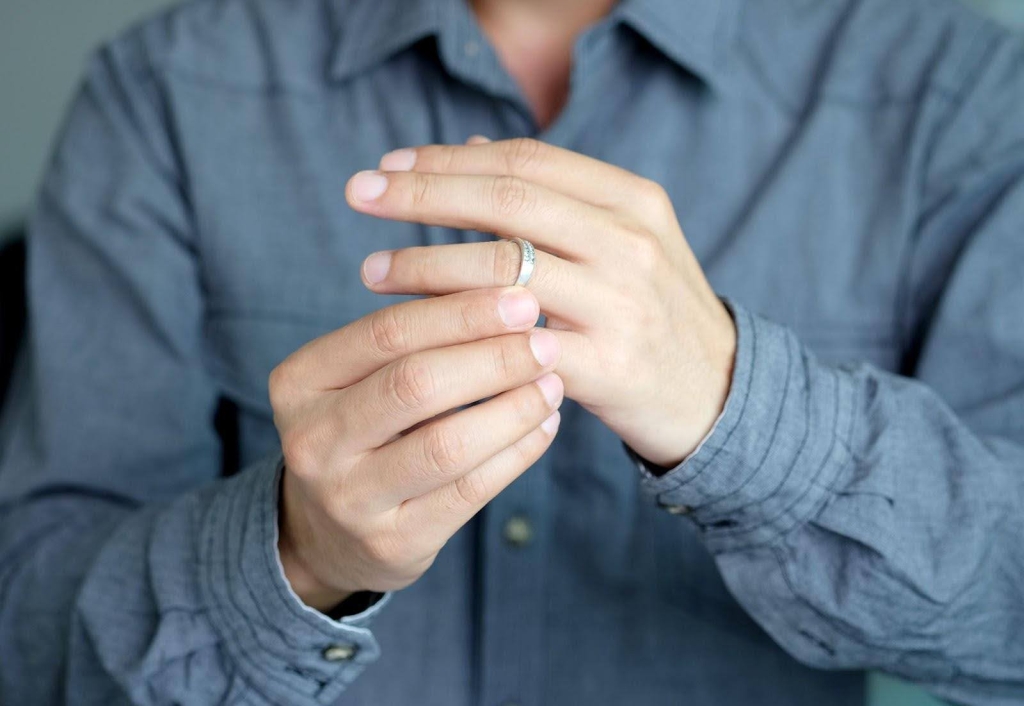If you're a guy looking to understand the basics of diamonds and how to incorporate them into your own jewelry collection, this guide is for you. We will break down the essential factors to consider when purchasing diamonds and offer practical tips on how to select, wear, and style diamond jewelry to suit your taste and personality.
The 4 Cs of Diamonds
Diamonds are often graded based on a system known as the “4 Cs”: Cut, Color, Clarity, and Carat weight. Understanding each of these factors will help you make an informed decision when purchasing a diamond.1. Diamond Cut
The cut of a diamond refers to how well it has been proportioned and faceted.“Proportion” refers to the depth or shallowness of the diamond. “Facets” are the tiny planes cut into the diamond that give it its trademark sparkle.
Cut plays a significant role in determining the diamond’s brilliance–a.k.a, its ability to reflect light. While the shape of a diamond (round, oval, princess, emerald, etc.) is often what first catches your eye, the diamond's cut determines how the diamond performs visually. A well-cut diamond, with good proportions and expert faceting, will sparkle and shine more brilliantly than a poorly cut one.
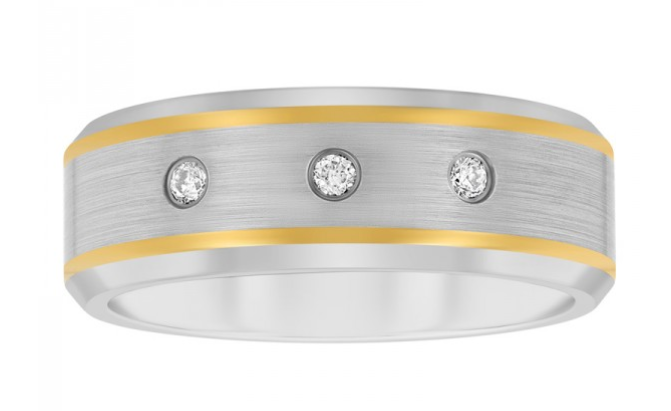
A tungsten and diamond men’s wedding band.
2. Diamond Color
The color of a diamond refers to how much color is present in the stone. Diamonds are graded on a scale from D (colorless) to Z (light yellow or brown). The closer the diamond is to colorless, the more valuable it generally is. This grading is subtle—unless you’re a trained gemologist, you probably won’t notice the differences between diamonds with similar color grades.D to F (Colorless): These are the highest-quality diamonds and will command a higher price. They are the most brilliant because they allow the most light to pass through, showcasing their full sparkle.
G to J (Near Colorless): Diamonds in this range are still visually impressive but are slightly less perfect compared to the D-F range. These diamonds are commonly used in jewelry, and usually appear colorless to the naked eye.
K to Z (Light Yellow or Brown): These diamonds show more noticeable color, which may reduce the price. However, if they are well cut, you still may not notice the coloration.
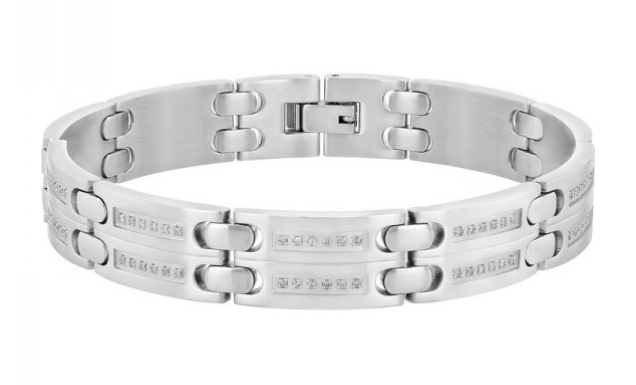
A stainless steel men’s diamond bracelet.
If you're looking for a diamond with maximum brilliance and a more timeless look, aim for the D-F color range. However, if you're on a budget, G-J diamonds offer a great balance between value and appearance.Artificially colored diamonds, like black and blue diamonds, are not graded on this color scale. They are appealing for their bold aesthetic and contemporary flair.
3. Diamond Clarity
Clarity refers to the presence of internal or external flaws, known as inclusions and blemishes. These imperfections can range from tiny specks to larger, more noticeable flaws. The fewer the inclusions, the higher the clarity grade, which contributes to the overall value of the diamond. Flawless (FL): These diamonds have no internal or external imperfections visible under 10x magnification. They are incredibly rare and come at a premium price.
Internally Flawless (IF): These diamonds may have some surface blemishes, but no internal inclusions.
VVS1 and VVS2 (Very, Very Slightly Included): These diamonds have tiny inclusions that are difficult to see even under magnification.
VS1 and VS2 (Very Slightly Included): These diamonds have small inclusions that can be seen under magnification, but they are typically not noticeable to the naked eye.
SI1 and SI2 (Slightly Included): These diamonds have inclusions that may be visible to the naked eye, but are generally small enough that they are hard to detect.
I1, I2, and I3 (Included): Diamonds in this range have inclusions that may be visible to the naked eye. These diamonds are typically less expensive but may lack the sparkle of higher-clarity diamonds. However, some jewelry-quality diamonds may fall in this range if they are small, as it is hard to see the inclusions on a small diamond.
Internally Flawless (IF): These diamonds may have some surface blemishes, but no internal inclusions.
VVS1 and VVS2 (Very, Very Slightly Included): These diamonds have tiny inclusions that are difficult to see even under magnification.
VS1 and VS2 (Very Slightly Included): These diamonds have small inclusions that can be seen under magnification, but they are typically not noticeable to the naked eye.
SI1 and SI2 (Slightly Included): These diamonds have inclusions that may be visible to the naked eye, but are generally small enough that they are hard to detect.
I1, I2, and I3 (Included): Diamonds in this range have inclusions that may be visible to the naked eye. These diamonds are typically less expensive but may lack the sparkle of higher-clarity diamonds. However, some jewelry-quality diamonds may fall in this range if they are small, as it is hard to see the inclusions on a small diamond.
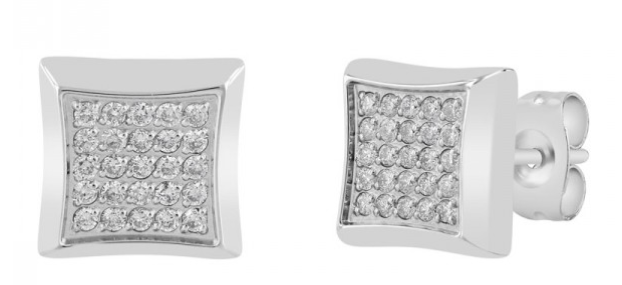
A pair of stainless steel men’s diamond earrings.
When selecting a diamond, clarity plays an important role in its overall appearance. However, diamonds with higher clarity grades come with higher prices, so many buyers opt for diamonds with a clarity grade of VS2 or SI1, which offer excellent value without noticeable imperfections to the naked eye.
4. Diamond Carat
Carat weight refers to the size of the diamond. Larger diamonds naturally cost more due to their rarity and the extra material needed. It’s important to remember that carat weight is just one aspect of a diamond’s value, and a smaller diamond with excellent cut, color, and clarity can sometimes be more valuable than a larger stone with less impressive characteristics.While carat weight is an important factor, it doesn’t tell the full story. If you’re considering an engagement ring, for example, it’s worth thinking about how the diamond looks overall rather than just focusing on its carat weight.
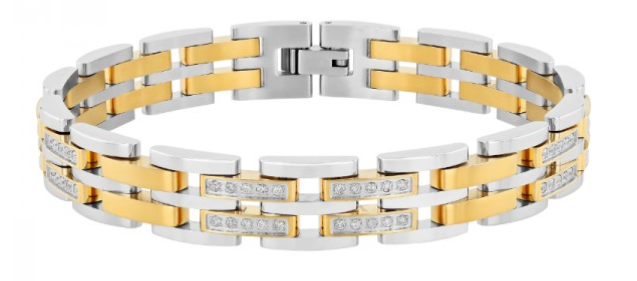
A stainless steel link men’s diamond bracelet.
Diamond Jewelry: What Men Should Know
When it comes to men’s jewelry, diamonds are often considered a symbol of luxury, class, and sophistication. However, choosing the right piece of diamond jewelry can be a daunting task. Here are a few key considerations when it comes to diamond jewelry for men.1. Men's Diamond Rings
Diamond rings for men can be bold and striking, or more subtle and understated, depending on your personal style. A solitaire diamond ring makes a bold statement, while a ring with small diamonds or a pavé band offers a more subtle yet sophisticated look. Men's diamond wedding bands are also becoming more popular, with diamonds adding a touch of luxury to the traditional metal band.2. Men's Diamond Necklaces
Men’s diamond necklaces typically have a more rugged or minimalist aesthetic compared to women’s diamond jewelry. Popular choices include diamond pendants or dog tags set with a small diamond for a sleek look. Larger diamond necklaces, often worn for a bold look, can include diamond chains and pendants for a daring statement. This men’s diamond cross necklace strikes a balance between subtle and bold.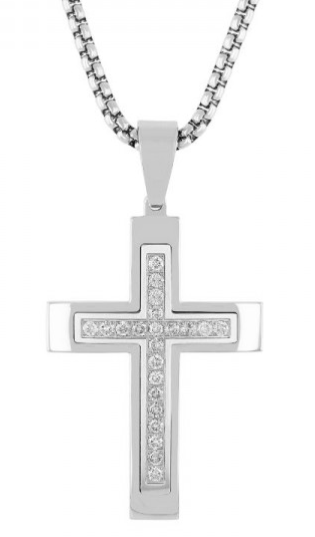
3. Men's Diamond Bracelets
A diamond-studded bracelet is the ultimate statement piece. Whether you're wearing it for a business meeting or a night out, a diamond bracelet can add a level of refinement and luxury to any outfit. Whether it’s a link bracelet or a diamond-studded chain, choose a bracelet that strikes the right balance between style and functionality.Styling Tips for Men’s Diamond Jewelry
Diamonds can be worn in a variety of ways, but there are a few important styling guidelines to ensure you’re rocking them with confidence:Balance the Sparkle: If you’re wearing a diamond ring, be mindful of the rest of your jewelry. Don’t go overboard with additional diamonds—one or two pieces should suffice. If you have a diamond bracelet or pendant, they can be the focal point of your ensemble, so keep the rest of your accessories more understated.
Consider Your Lifestyle: If you’re someone who works with your hands or engages in intense physical activities, make sure your diamond jewelry is practical. Choose designs that can handle everyday wear without easily getting damaged, such as rings with thicker bands.
Wear Diamonds for the Right Occasion: Diamonds are best suited for formal events, evening wear, or special occasions. While they can certainly be worn in more casual settings, it’s important to know when and where to wear your diamonds to make the right impression.
Keep It Simple: If you're just starting to wear diamond jewelry, consider more subtle pieces. A single diamond on a pendant or ring is a great way to ease into wearing diamonds without feeling over-the-top.
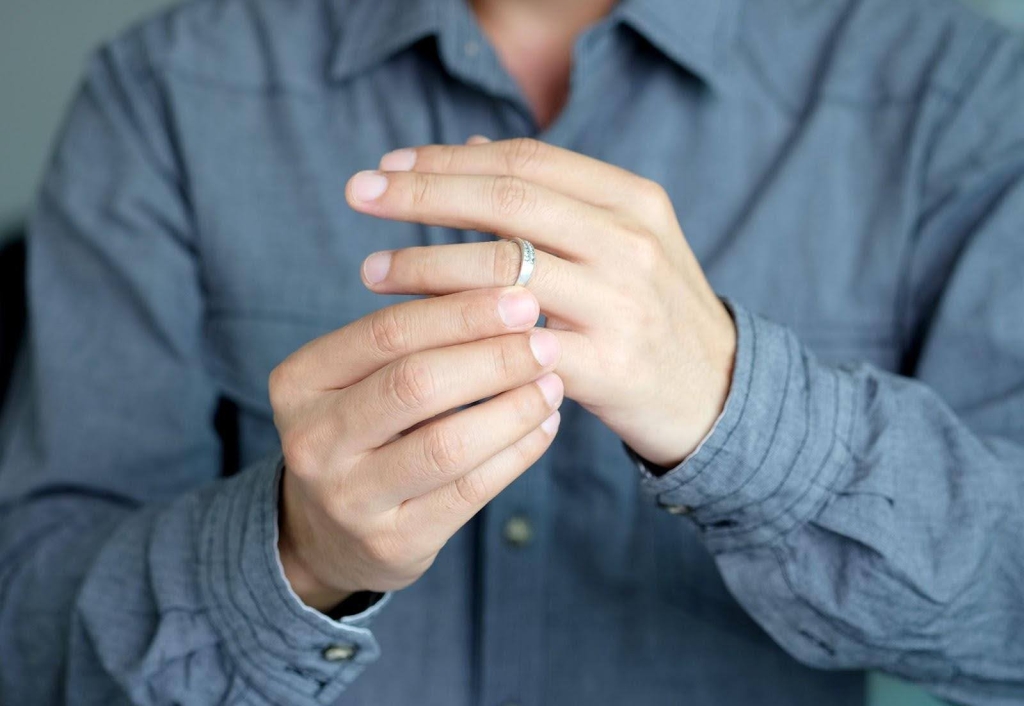
Shop Men’s Diamond Jewelry at Robert Alton
Diamonds are a timeless and versatile addition to any man’s jewelry collection. Whether you’re selecting a diamond for an engagement ring, purchasing a luxury watch, or adding a refined touch with cufflinks, understanding the 4 Cs of diamonds will help you make an informed decision.By considering factors such as cut, color, clarity, and carat weight, as well as your personal style preferences, you can find the perfect piece that reflects your taste and sophistication. With the right choice of diamond jewelry and some styling tips, you’ll be sure to make a lasting impression and elevate your wardrobe with a touch of timeless elegance. Get started by exploring our collection of men’s diamond jewelry online. We’re sure you will find something suited to your tastes in our wide and varied collection.

